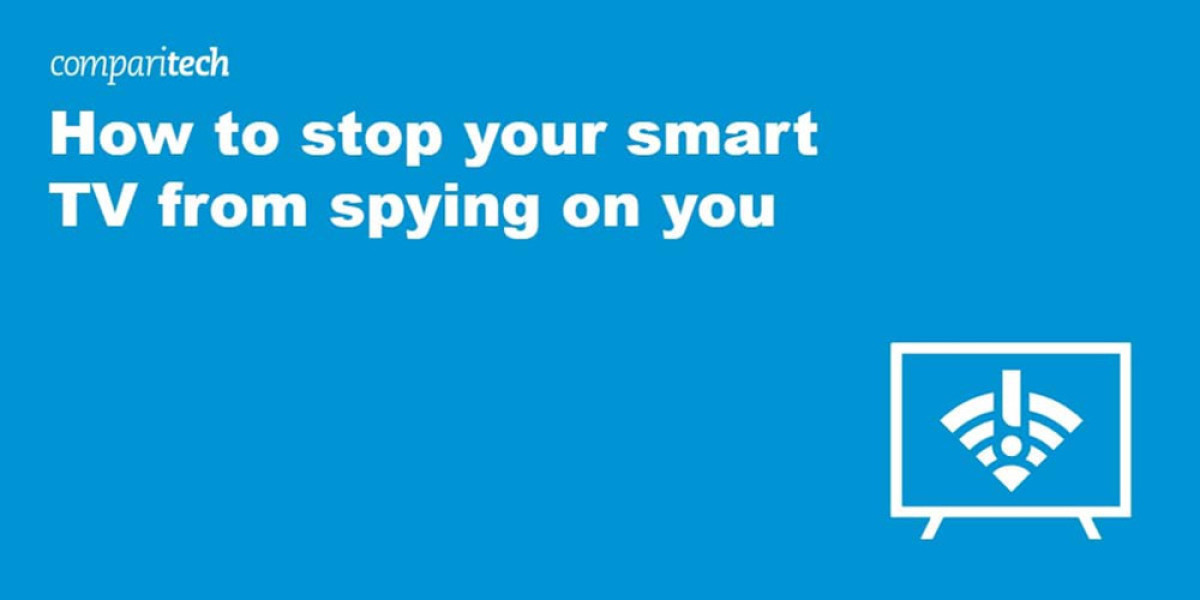Understanding Smart TV
Introduction
Smart TVs have transformed television from a passive viewing device into an interactive entertainment hub. By integrating internet connectivity and multimedia functionality, Smart TVs offer users access to streaming platforms, web browsing, voice control, and app ecosystems — all from a single screen.
Combining the features of computers, streaming devices, and traditional TVs, Smart TVs cater to the digital consumer’s demand for convenience, content variety, and personalized experiences.
Key Features of Smart TVs
- Built-in Internet Connectivity: Enables browsing, streaming, and software updates.
- Streaming Services Integration: Access to Netflix, YouTube, Prime Video, Disney+, and more.
- App Ecosystem: Downloadable apps for entertainment, fitness, education, and productivity.
- Voice Control: Supports virtual assistants like Alexa, Google Assistant, and Bixby.
- Screen Mirroring and Casting: Display smartphone or PC content on the TV.
- AI-Powered Recommendations: Suggests content based on user behavior.
- Smart Home Integration: Connects with IoT devices like lights, cameras, and thermostats.
Benefits of Smart TVs
- Convenience: Centralizes media consumption without needing additional devices.
- Customization: Personalized content recommendations and user profiles.
- Interactivity: Enhanced user control via remotes, apps, or voice.
- Space Efficiency: Eliminates the need for multiple gadgets or media players.
- Future-Ready: Continual software upgrades add new features over time.
Segments of the Smart TV Market
- By Screen Size
- Below 32 Inches
- 32–45 Inches
- 46–55 Inches
- Above 55 Inches
- By Resolution
- HD
- Full HD
- 4K UHD
- 8K UHD
- By Screen Type
- LED
- OLED
- QLED
- LCD
- By Operating System
- Android TV
- Tizen OS
- webOS
- Roku OS
- Fire OS
- By Connectivity Technology
- Wi-Fi
- Ethernet
- Bluetooth
- HDMI/USB Ports
- By Distribution Channel
- Online Retail
- Offline Retail (Specialty Stores, Supermarkets, Hypermarkets)
- By End-User
- Residential
- Commercial (Hotels, Restaurants, Offices, Educational Institutions)
Future Outlook
As content consumption increasingly shifts online, Smart TVs will remain central to the connected home ecosystem. Future innovations are expected to emphasize AI-driven personalization, gaming integration (including cloud gaming), enhanced audio-visual quality, and sustainable designs.
Smart TVs are also increasingly being used in commercial settings for advertising, interactive presentations, and digital signage, expanding their utility beyond home entertainment.
Get Related Reports:








